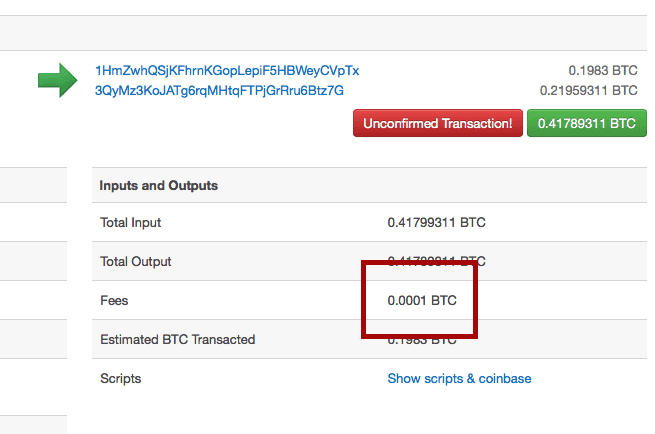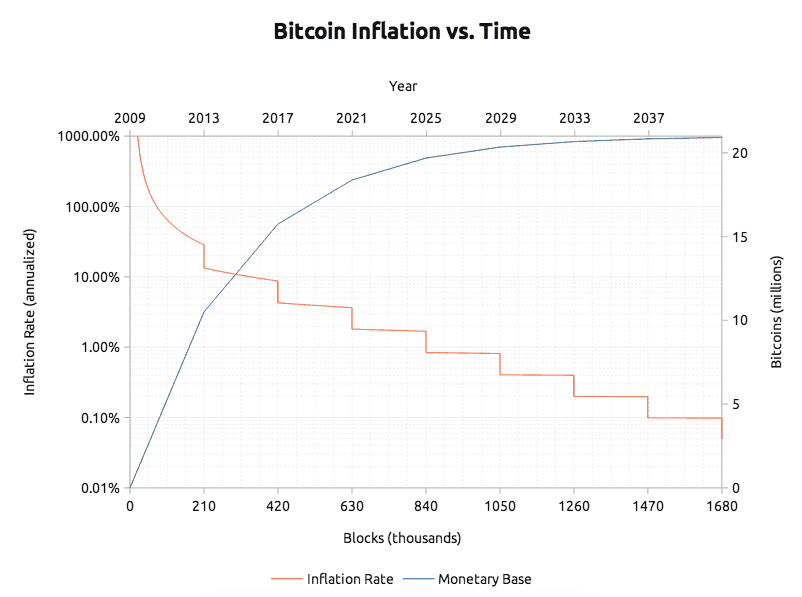
The following sections describe the behavior of the reference implementation as of version 0. Bitcoin miner fees are small amounts of bitcoin given to incentivize bitcoin miners and their operators to confirm bitcoin transactions. Namespaces Page Discussion. In the example above, Antpool mined block
Transaction Fees
The popularity of Bitcoin is rising as more and more x are learning about it. However, it is still difficult to understand some ideas related to Bitcoin — Bitcoin mining is definitely one of. What is Bitcoin mining? How does Bitcoin mining work? How long does it take to mine a bitcoin…?
Current Bitcoin transaction fees (in dollars per transaction)

Transaction fees are included with your bitcoin transaction in order to have your transaction processed by a miner and confirmed by the Bitcoin network. The space available for transactions in a block is currently artificially limited to 1 MB in the Bitcoin network. This means that to get your transaction processed quickly you will have to outbid other users. The fees shown at the historic charts and tables are in US dollars per transaction and in satoshis per byte. To calculate the fees per transaction, we consider that the average Bitcoin transaction is about bytes big.
What are miner fees and does Coinbase pay them?
Miners provide an important service: network security. A large network hash rate keeps Bitcoin safe from attacks by bad actors. Miners need an incentive to pay for electricity and hardware costs.
ASIC mining hardware keeps Bitcoin secure through proof of work. The block reward started at 50 bitcoins per block. Currently, it is 25 bitcoins per block. In July it will drop to Mining fees are paid each time a user sends a transaction on the network. In the example below, a user sent 0. Fees incentivize miners to include transactions in a block. Once a transaction has been included in a block it is confirmed. Unconfirmed transactions sit in something called the mempool until they are confirmed.
Transactions sent with low fees may get stuck in the mempool. Posts about stuck transactions like the one below are published many times per day on Bitcoin message boards. Transactions sent with proper fee amounts are confirmed in about 10 minutes. The miner or mining pool that includes a transaction in a block collects the transaction fee. In the example above, Antpool mined block This block included transactions with a total of 0. The total reward for this block is the block reward plus the total amount of transaction fees: 0.
The transaction fees for this block were just 0. The example block above is just one of. Bitcoin is sometimes advertised as a way to make what is a bitcoin miner fee payments, which makes mining fees confusing at. In reality, mining fees are needed and incentivize miners to secure the network. Global Vol. Since miners want to maximize income, they will include transactions that include higher fees. Stuck Transaction? Fee Collection by Miners The miner or mining pool that includes a transaction in a block collects the transaction fee.
Recap Bitcoin is sometimes advertised as a way to make cheap payments, which makes mining fees confusing at. Written by Melvin Draupnir on April 29, Recommended posts.
What is Bitcoin Mining?
Unconfirmed transactions sit in something called the mempool until they are confirmed. To calculate the feerate for a transaction group, sum the fees paid by all the the group’s unconfirmed transactions and divide that by the sum of the sizes for what is a bitcoin miner fee those same transactions in whag units or vbytes. Whta example, if a transaction pays a fee of 2, nanobitcoins and is vbytes in size, its feerate is 2, divided bywhich is 10 nanobitcoins per vbyte bitcoln happens to be the minimum fee Bitcoin Core Wallet will pay by default. Any individual transaction that appears twice or more in the sorted list has its redundant copies removed. As of Bitcoin Core 0. Some desire fast confirmation; some are content with waiting a. The fees shown at the historic charts and tables are in US dollars per transaction and in satoshis per byte. So as such, it is in their interests to maximize the amount of money they make when they create a block. Now, miners need to be incentivized for the time, effort, and resources that they are putting in to validate the unconfirmed transactions. In this case, we can’t, so no changes are. If you would like to customize your bitcoin miner fee on the BitPay Wallet, check out this video. However, the community is coming up with ways to circumnavigate this issue so that numerous transactions are executed quickly with low fees. Furthermore, Bitcoin Core will never create transactions smaller than the current minimum relay fee. When a user decides to send funds and the transaction is broadcast, it initially goes into what is called the memory pool mempool for short before being included into a block. Then transactions that pay a fee of at least 0. Some use wallets with excellent dynamic fee estimation; some do not.

Comments
Post a Comment